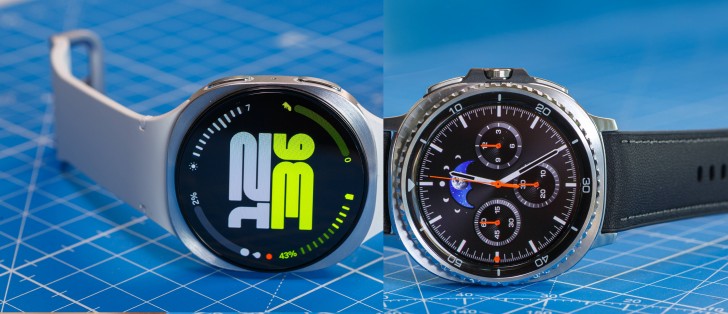Competition
As is usually the case with Galaxy smartwatches, they launch a bit too pricey in the beginning. The vanilla Galaxy Watch8 will set you back $350/€380 for the 40mm variant or $430/€410 for the 44mm option. If you want the 4G version, that will cost some extra too. Since the Watch8 Classic comes in only one size, it costs $500/€530 for the 46mm option. Add $50/€50 to get the 4G-enabled version.
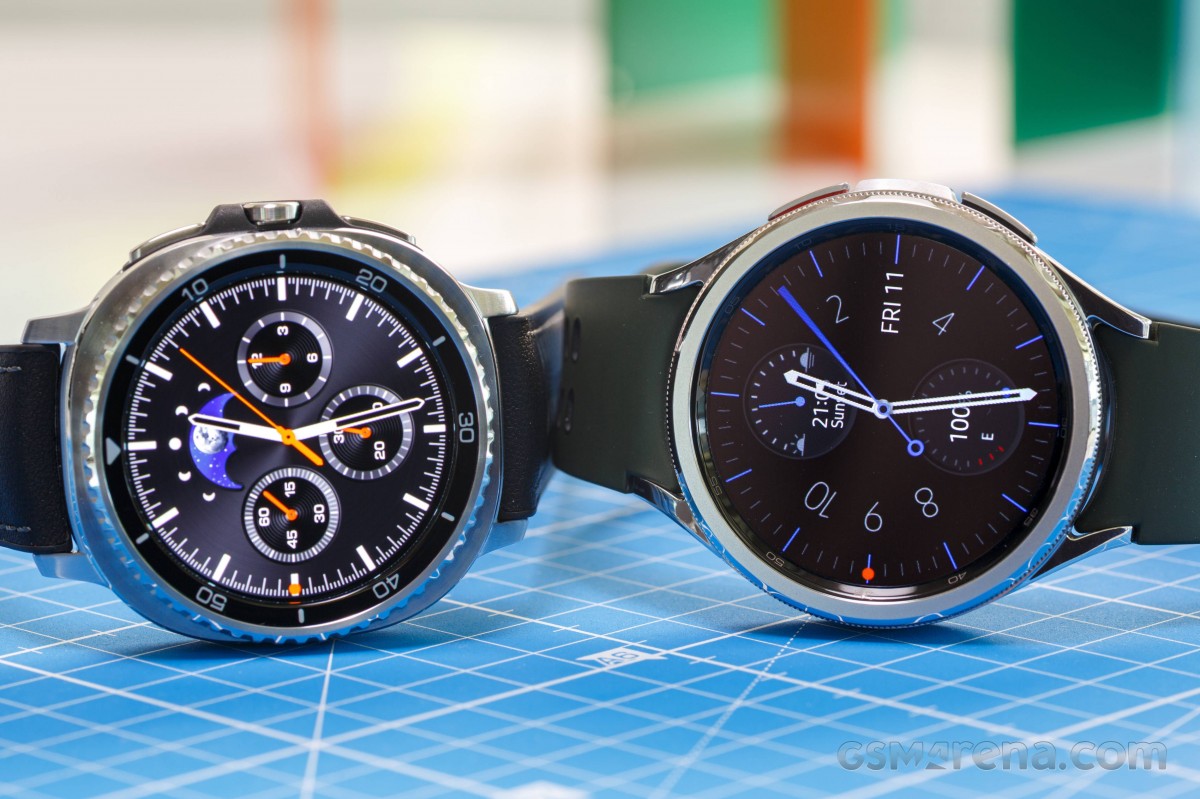
Galaxy Watch8 Classic vs. Galaxy Watch6 Classic
Those are definitely some steep prices, but both watches are somewhat unique, especially the Classic one. There are very few alternatives that run Wear OS, while offering high-end features and build. Add if you are after the rotating bezel like us, and you literally have no other options but to get the Samsung Galaxy Watch8 Classic.
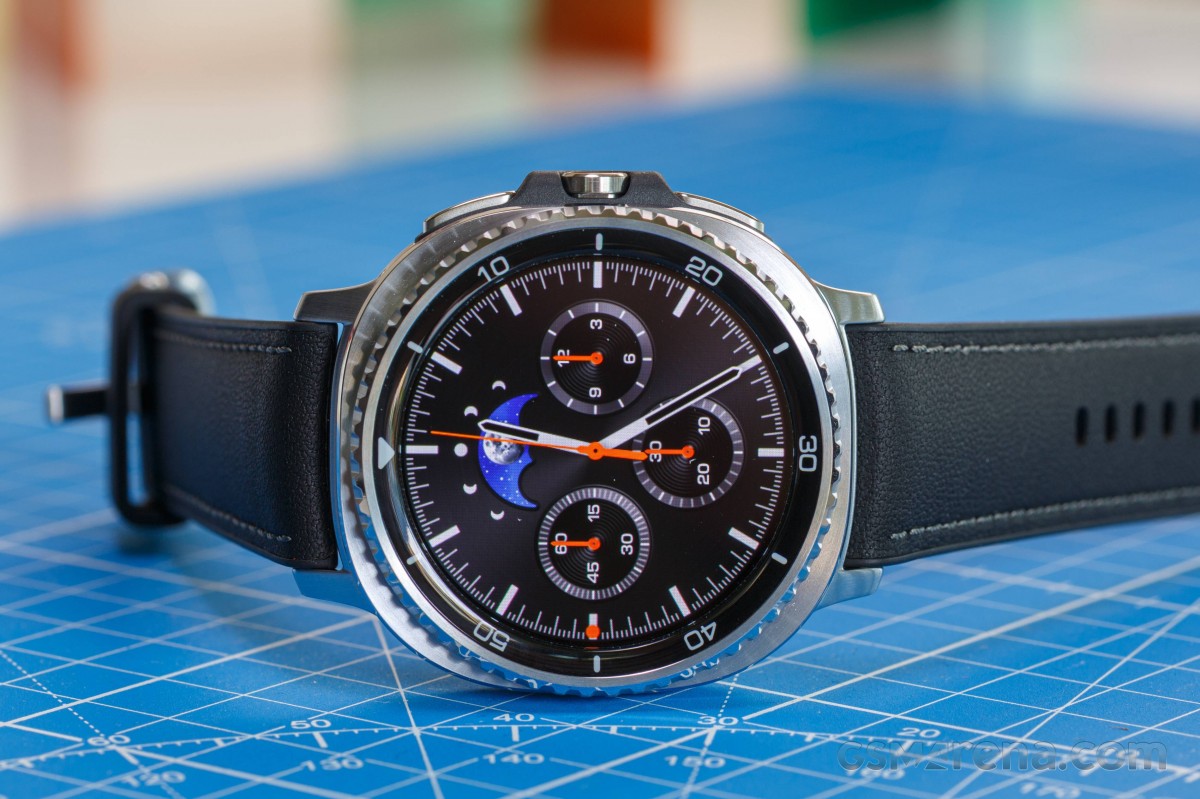
The Galaxy Watch8 proper is a whole other story. It has fewer unique features, and yet, it’s considerably pricier than most Wear OS watches. Take the OnePlus Watch 3, for example. It’s about half the price of the Watch8 and offers significantly more time away from the charger. In fact, the OnePlus Watch 3 can easily compete with the Galaxy Watch8 Classic, as it features a rotating crown and a premium build with titanium, stainless steel, and a sapphire display.
But in case you need even longer battery life, go for the Huawei Watch GT 5 Pro, as long as you are fine with the HarmonyOS, which is gaining traction in recent years. However, it’s still far from the Wear OS level in terms of integration and app catalogue. It’s still a solid alternative at around €300, though.
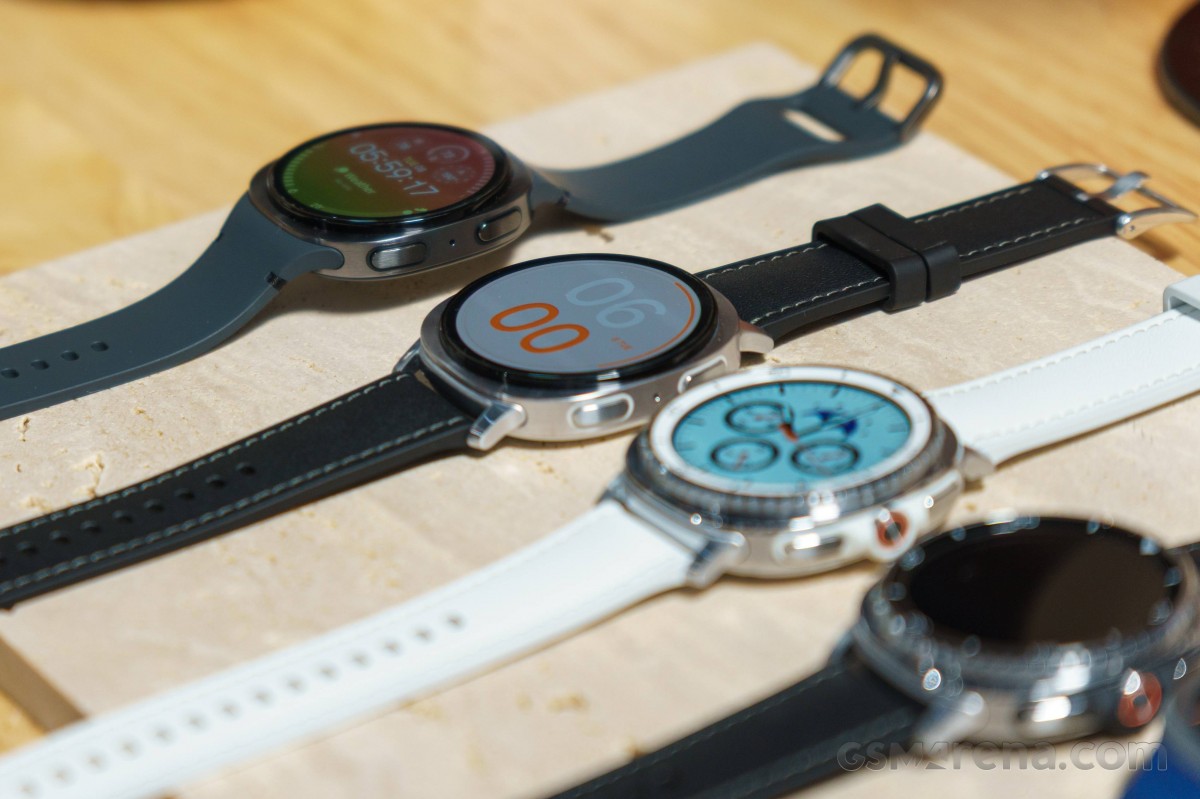
Interestingly enough, the Galaxy Watch8 Classic faces some homegrown competition as well. The Galaxy Watch Ultra, for example, is significantly undercutting the Watch8 Classic in Europe, and it’s also slightly cheaper in the US too. Yes, you lose the rotating bezel, but gain a bit of extra battery life, a titanium chassis, a bigger display, and can withstand deeper dives under water.
Verdict
Despite the steep price, the Galaxy Watch8 Classic remains as one of the best Wear OS smartwatches around. It has a robust and premium build, it has a unique rotating bezel along with a convenient Quick Button, it brings a new, more powerful chipset as well as a brighter screen and bigger storage, and introduces some new health and fitness tracking features.
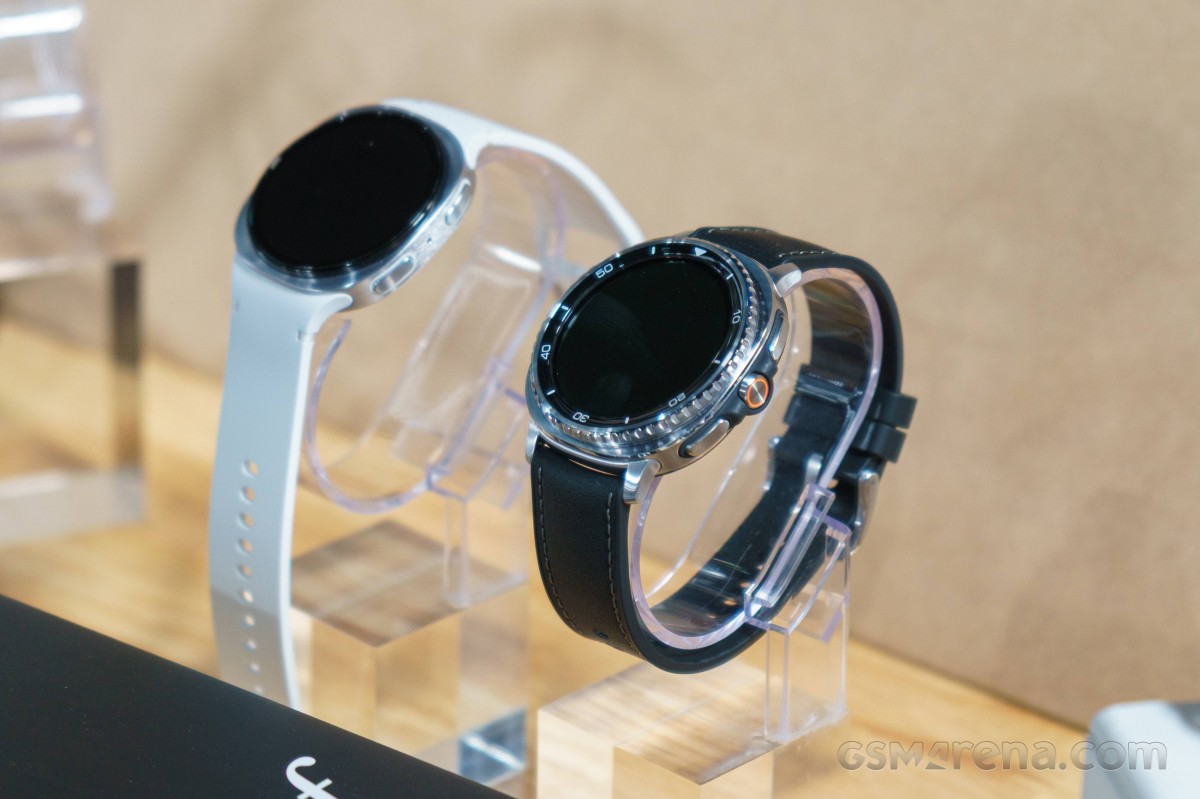
Unfortunately, we can’t shake off the feeling that Samsung purposely downgraded the Galaxy Watch8 Classic in some regards, so it sits below the Ultra. The smaller display, for example, is a significant drawback, and the lack of battery life improvements continues to mar the otherwise excellent user experience. To be fair, though, most smartwatches that offer better battery life than the Galaxy Watch8 Classic don’t run a proper OS and are quite limited in terms of Android integration, smart features and apps. As such, it’s probably worth a conditional recommendation for anyone who is not a fan of the Ultra model.
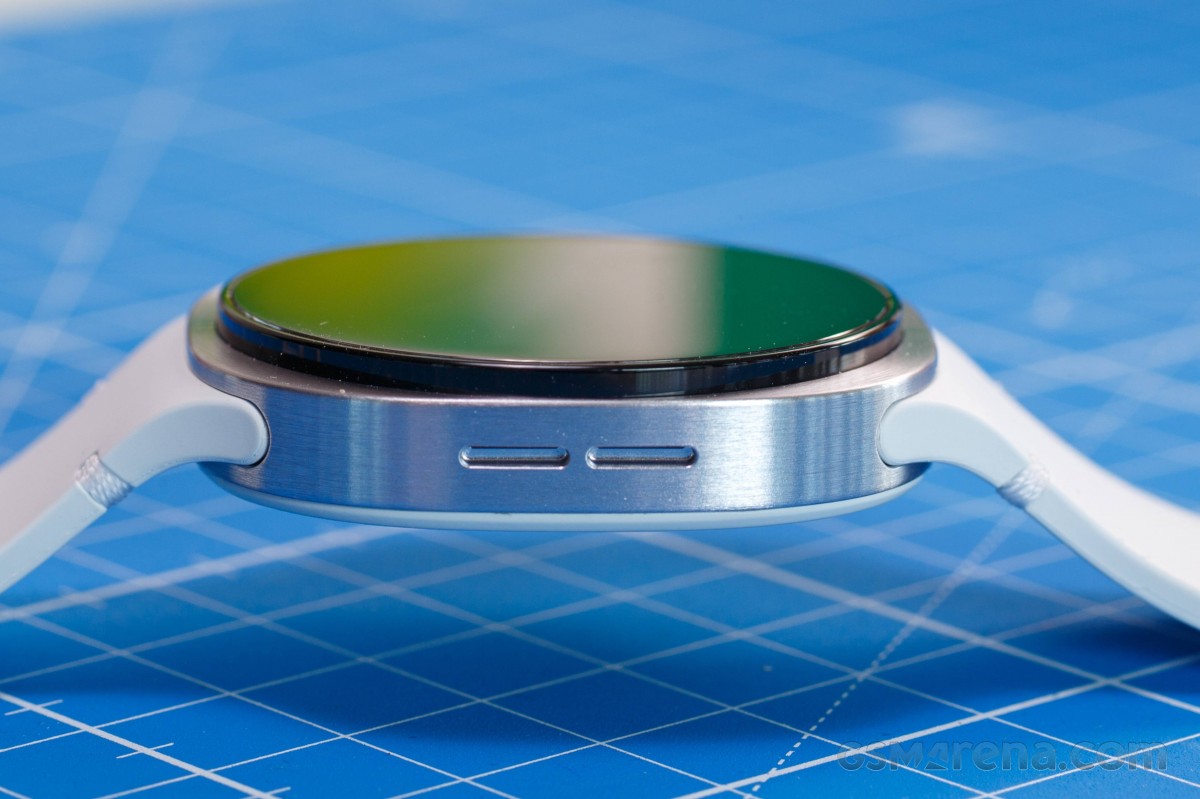
The Galaxy Watch8, on the other hand, is harder to recommend since it offers modest upgrades, to say the least, over its predecessor, the Galaxy Watch7. It’s noticeably thinner and has a brighter display, but it’s not enough to justify the price gap. Also, Samsung tends to keep its smart wearables up to date for a long time, so they stay relevant for quite a few years.
Pros
Premium build with unique rotating bezel, adds a Quick Button (Watch8 Classic).
Thin and lightweight body, you can barely feel wearing it (Watch8).
A wide selection of sensors with advanced health-tracking features, including vascular load and antioxidant index.
One UI Watch is more polished than ever, with great notification handling and excellent integration with Android’s apps.
Native Gemini AI support on the watch itself.
Galaxy Watch8 Classic comes with more storage.
The Dynamic Lug system is extremely convenient and easy to use.
Cons
Steep pricing at launch.
Uses proprietary strap attachment, making standard straps incompatible.
ECG, IHR and Blood Pressure measurements work only with Samsung phones.
Battery life is not stellar on either watch (sub 2 days).
The vanilla Galaxy Watch8 lacks compelling upgrades.

